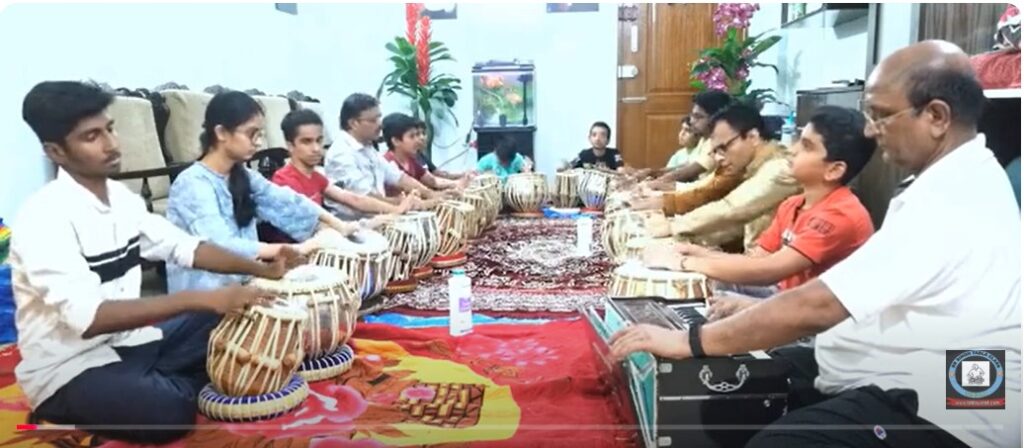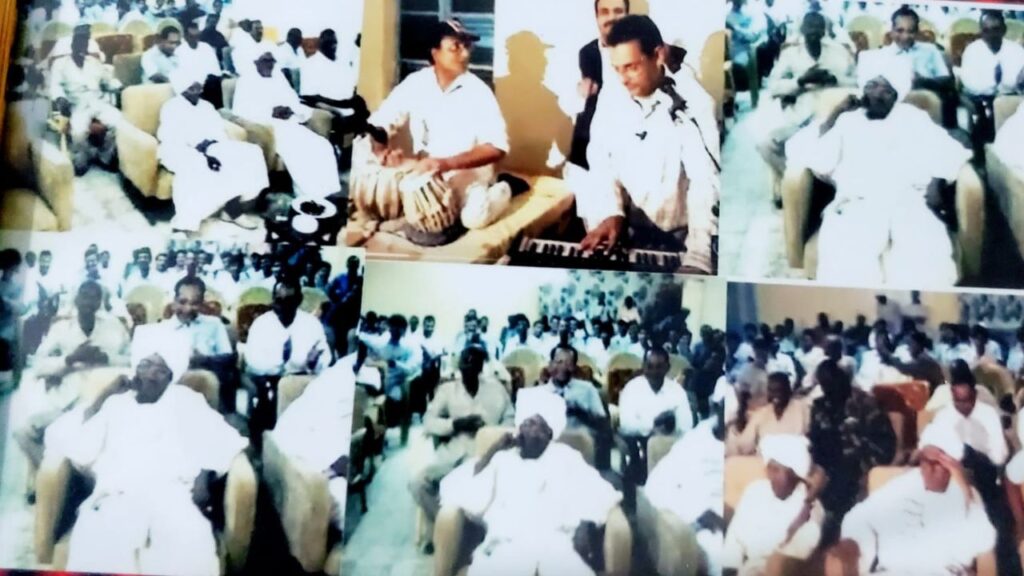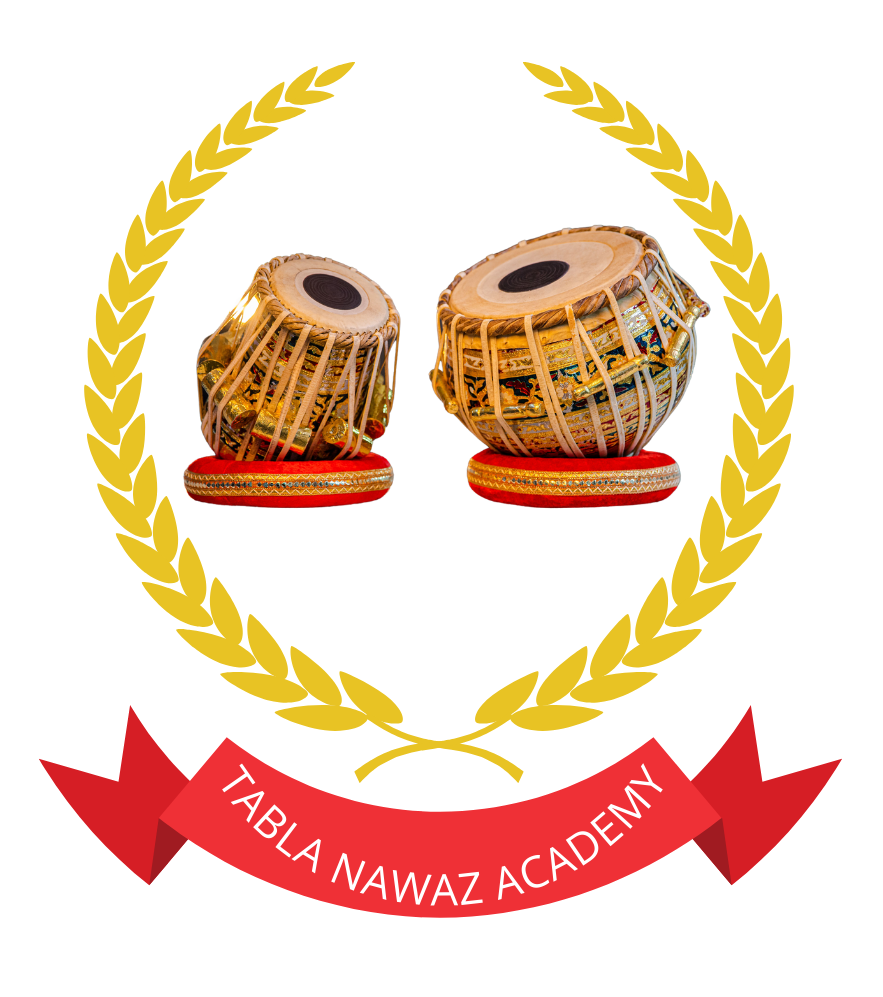Chautal or char Taal Tukra-12 Beat, The Heartbeat of Indian Rhythm: Exploring the Tabla
Introduction
Did you know that the tabla is one of the few percussion instruments in the world capable of producing melody? While drums are often associated with rhythm alone, the tabla brings both rhythm and tone to life, making it a truly unique voice in the world of music.
Whether it’s the rapid-fire rolls in a classical concert or the soft textures in a Bollywood ballad, the tabla is central to India’s sonic identity. Let’s take a journey through the evolution, mechanics, and magic of this incredible instrument.
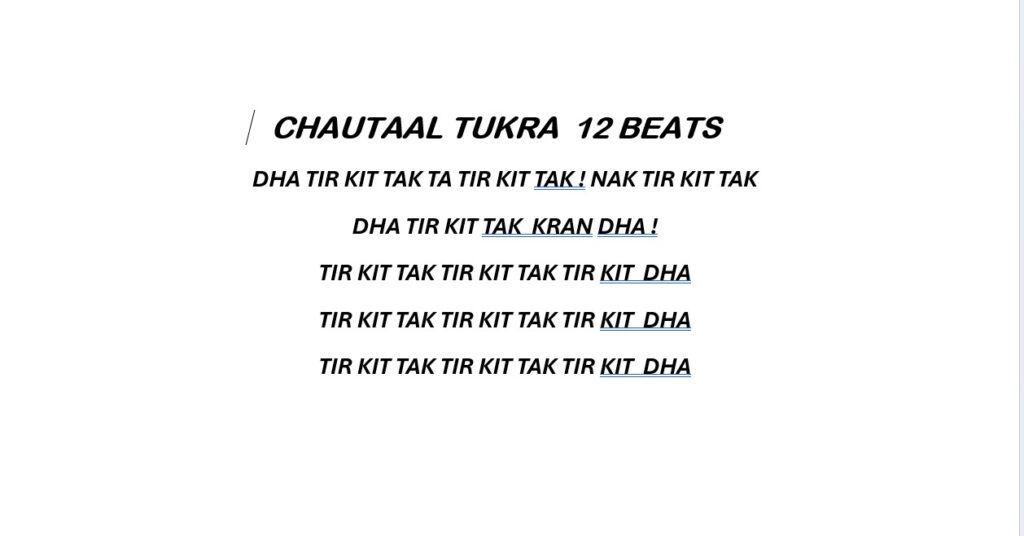
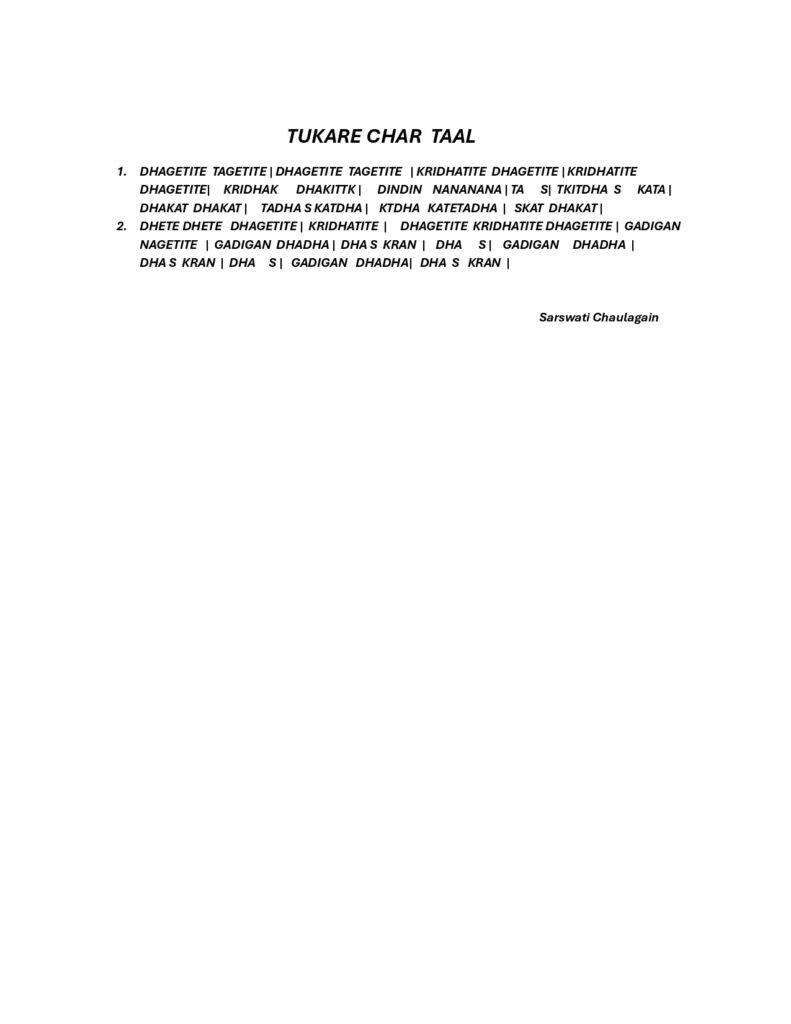
Historical Context
The tabla, as we know it today, took shape in the 18th century, believed to have emerged from the ancient Indian drum Pakhawaj. Over time, its structure was refined to suit the evolving tastes of classical musicians in northern India.
Legend credits Amir Khusrau, the medieval Sufi poet and musician, with inventing the tabla, though scholars suggest it likely evolved gradually over centuries. Regardless of its exact origins, the tabla became indispensable in Hindustani classical music, where it replaced the heavier pakhawaj for a more nuanced, responsive style of accompaniment.
One fascinating story tells of a royal court musician who split the pakhawaj in two, literally and figuratively creating space for the tabla’s twin design.
Anatomy of the Tabla
The tabla consists of two drums: the Dayan (right drum) and the Bayan (left drum).
- Dayan is made of shisham (Indian rosewood) or similar hardwood, and it produces crisp, treble-rich sounds.
- Bayan, larger and deeper in tone, is usually made of metal or clay, delivering bass-heavy resonance.
Each drum is topped with a circular black paste called the syahi, made from iron filings, rice paste, and other secret ingredients. This unique feature allows the tabla to produce harmonic overtones and pitch bending—an essential part of its expressive character.
Techniques and Playing Style
A skilled tabla player uses fingers, palms, and even subtle wrist movements to create a range of syllables, known as bols. Each stroke has a name—like Na, Dha, Tin, and Ke—which also form the language of tabla compositions.
Rhythmic patterns in Indian music are known as taals, and the tabla plays a vital role in keeping and elaborating them. From the 16-beat Teentaal to the complex 10-beat Jhaptal, each cycle offers a different challenge and flavor.
Practicing tabla is not just about speed, but also clarity, balance, and emotional expression—qualities that define great players.
Legendary Performances and Maestros
The world of tabla boasts some truly towering figures. Ustad Zakir Hussain, a global icon, brought the tabla to international audiences with his collaborations across genres. His father, Ustad Alla Rakha, famously accompanied sitar legend Ravi Shankar in concerts that introduced Indian classical music to the West.
Other greats include Pandit Kishan Maharaj, known for his virtuosic solos, and Pandit Swapan Chaudhuri, celebrated for his depth and nuance.
You can watch these maestros create rhythmic magic in many iconic concerts on platforms like YouTube—each a masterclass in control and creativity.
The Tabla in Today’s Music
The tabla is not confined to classical halls anymore. It’s found its way into film, fusion, electronic music, and even hip-hop. Artists like Karsh Kale, Talvin Singh, and Nitin Sawhney have incorporated tabla into global soundscapes, creating tracks that blend tradition with innovation.
Even in recent popular Indian songs, tabla textures often enrich emotional moments. In cinematic scores or unplugged versions, it lends an earthy, soulful feel that digital drums just can’t replicate.
A Living Legacy
Today, students across the globe learn tabla through online classes, workshops, and YouTube tutorials. Apps and digital tabla machines help beginners practice taals at home. From Kathak dance recitals to Grammy-winning albums, the tabla continues to evolve and inspire.
As modern musicians blend styles and traditions, the tabla stands tall—rooted in history, yet endlessly adaptable.
Conclusion
The tabla is more than an instrument; it’s a language, a philosophy, and a way of life for those who master it. Its rhythms speak across borders and genres, inviting listeners into a rich tapestry of sound that has echoed for centuries.
So next time you hear that unmistakable Dha-Dhin-Dhin-Dha, pause and listen—it’s the voice of India’s heartbeat.
Would you like this formatted for your blog platform or expanded with videos and audio clips? I can also help add interactive elements like quizzes and polls!
https://www.youtube.com/@BhagawanSingh
https://www.facebook.com/sbsinghtablagur
